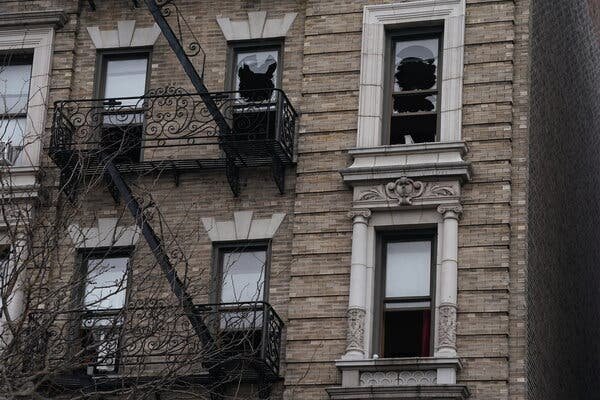New York City’s City of Yes for Housing Opportunity plan, set to be passed by the City Council, aims to update zoning rules to promote more housing. However, the plan is considered less ambitious compared to recent zoning reforms in smaller cities like Columbus and Minneapolis, which allow for taller buildings, more housing types, and optional parking requirements. Some modifications to the City of Yes plan have scaled back its original scope, leading to criticism from housing experts and advocates. Despite the compromises, the plan is expected to create thousands of new housing units and address inequities in housing production across neighborhoods. Similar efforts in other cities have faced community pushback but ultimately led to significant changes in land use regulations. Ultimately, New York City’s land use changes will continue to evolve, reflecting the complex nature of addressing housing challenges in a large and diverse urban landscape.
In a bid to spur more housing, the City Council in New York City is expected to pass a modified version of Mayor Eric Adams’ package of development reforms on Thursday. This move will see New York City join a growing list of cities around the country that have updated rules to encourage housing development. While Mayor Adams and city planners acknowledge that their City of Yes for Housing Opportunity plan is inspired by ideas implemented elsewhere in the U.S., it is evident that smaller cities that recently revamped their zoning codes have made more significant changes compared to New York City.
The City of Yes plan, which is the first overhaul of the city’s zoning code in over six decades, has the potential to create up to 80,000 new units of housing over 15 years, according to City Hall. However, some experts point out that the modifications made by the City Council are likely to preserve low density in suburban-style outer borough areas, which may run counter to the initial promise of creating more housing in every neighborhood.
Cities like Columbus, Minneapolis, Austin, Buffalo, and San Francisco have made more aggressive changes to their zoning regulations to encourage housing development. For example, Columbus now allows for residential buildings up to 16 stories tall near transit, while New York City’s proposal only allows buildings of up to five stories in similar areas. Minneapolis has made it optional for developers to include parking spaces with new apartments, unlike New York City, which still requires parking for housing development in most parts of the city.
In Austin, a citywide update of zoning codes in 2020 included changes that made parking optional for new housing units, making developments more feasible. Minneapolis also made significant changes by allowing developments of up to four units on each lot, which helped increase housing options in the city.
Different cities have taken varying approaches to updating their land use rules to make it easier to build housing. Austin passed changes measure by measure after a previous package was struck down in court, resulting in bolder and less watered-down changes. Similarly, Columbus focused its zoning changes on a targeted area near transit, allowing for more aggressive policies to spur housing development.
Despite the compromises made in the City of Yes plan, it is expected to result in new housing in New York City. The City Council has worked to incorporate benefits for different types of areas in the city, considering its diverse neighborhoods and built-up environment. This comprehensive plan aims to address the housing crisis in the city while balancing the needs of various communities.
In conclusion, the City of Yes plan in New York City is a step towards addressing the housing shortage in the city. While it may not be as bold as changes made in some smaller cities, it represents a significant effort to update zoning regulations and encourage housing development. The plan’s passage will mark a milestone in the city’s efforts to create more housing opportunities for its residents.
Source: TheCity.NYC









